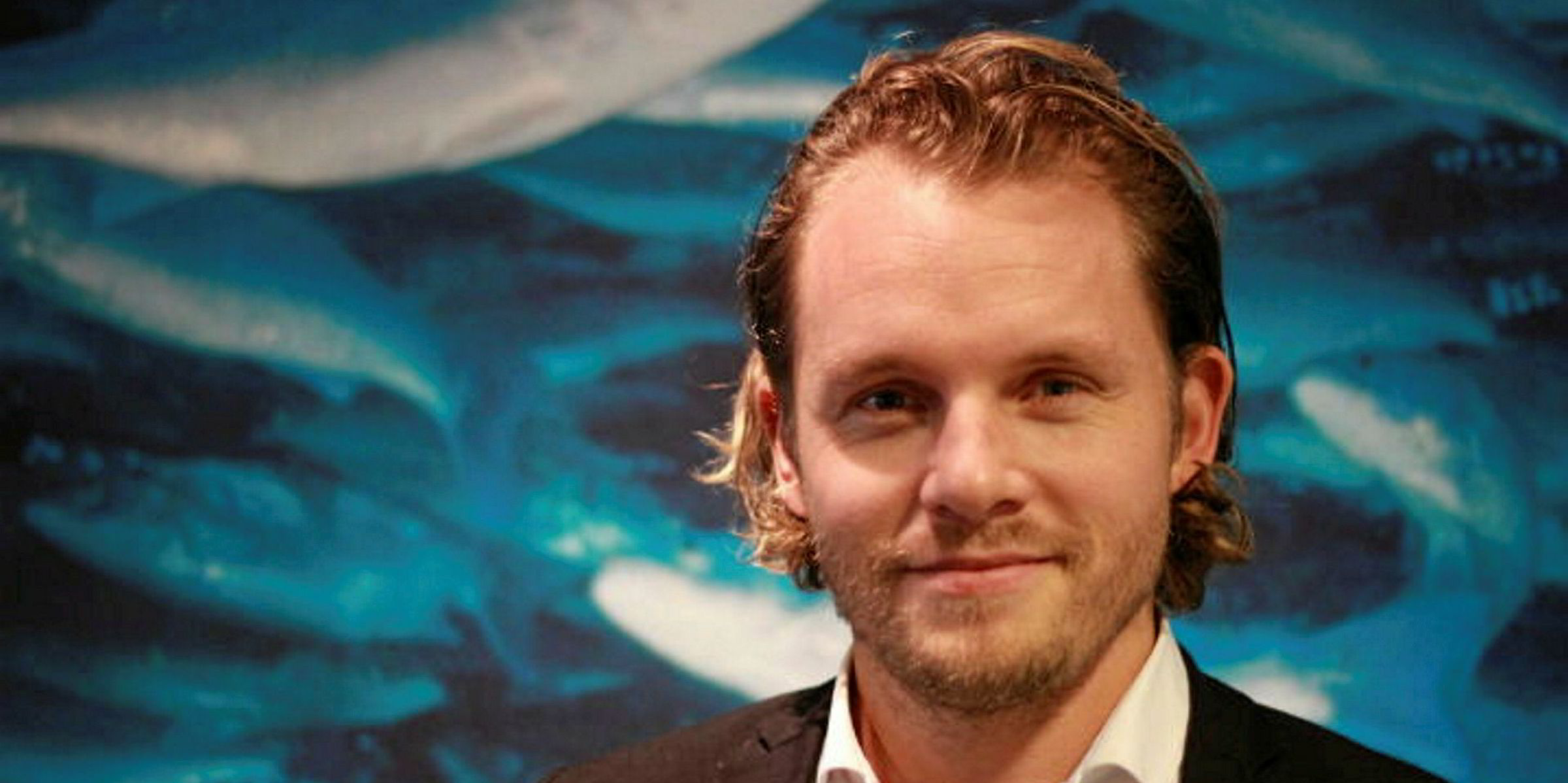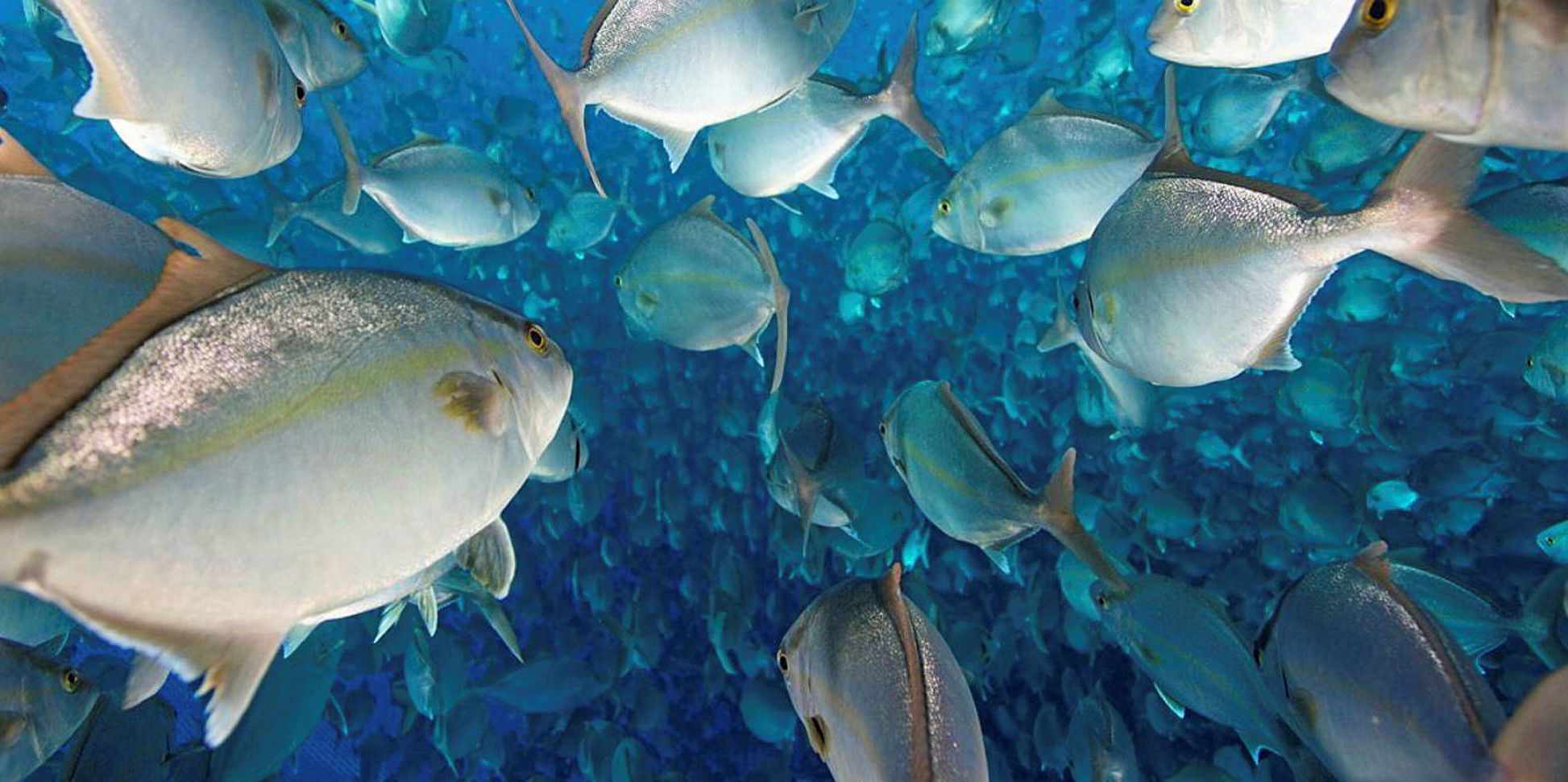Global agricultural trader and processor Louis Dreyfus has partnered with Barramundi Asia and Temasek Life Sciences Laboratory on an aquaculture feed research program in the Netherlands to develop commercial-scale feed production for barramundi farming.
Louis Dreyfus became a default shareholder in Barramundi Asia when it merged with Allegro Aqua, in which Louis Dreyfus owns a 30 percent stake.



